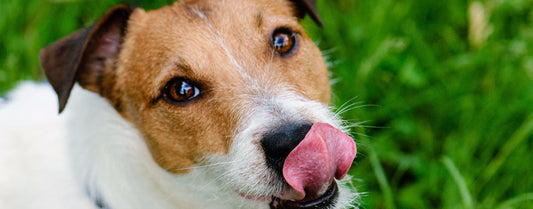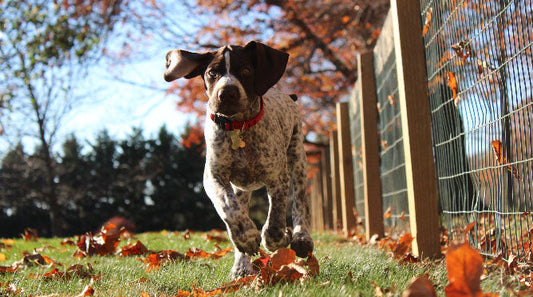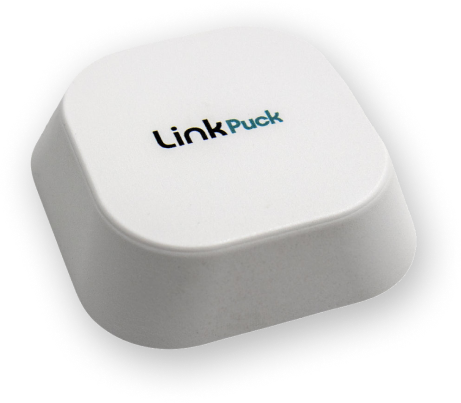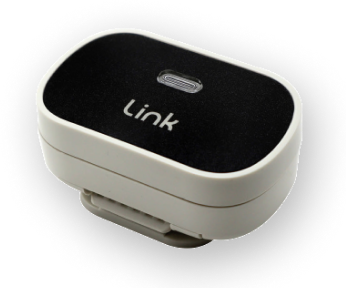Your dog’s eyes can build up gunk and produce tears for many reasons, and though it might be unsightly, it’s usually perfectly benign. But sometimes, it calls for a quick visit to the vet. Either way, here’s what dog eye discharge is all about and how you should handle it.
What’s That Discharge?
Your dog’s eye discharge could be clear and runny or yellowish-green and thick. It is a symptom, not a disease, and if the condition is mild and your dog has an otherwise normal energy level and appetite, you can safely monitor her or him for a few days to see if the condition clears up on its own.
The most common eye discharges are:
- Those caused by environmental irritants like dirt or dust, which is normal. A dog’s natural response is to clean this gunk out by producing enough tears to get rid of it. Certain breeds will have more discharge than others. Watch for physical changes to the eye, which requires a trip with your pup to the vet.
- Just like humans, dogs can get dry eye, when they fail to produce enough eye-cleansing tears. Symptoms can include inflammation and mucus. The problem is that without the lubricating effect of tears, the eyelid can scratch the eye surface just by opening and closing, and corneal ulcers could result.
- Dogs, especially breeds like retrievers, setters, and terriers, can experience allergies to things like grass and pollen. Signs include excessive scratching, irritated skin, runny eyes, and pawing at the eye. Oftentimes, an over-the-counter sterile eye wash can produce relief.
- Epiphora is the fancy vet term for excessive tearing from your dog’s eyes. It can be a sign of a simple tear duct blockage or a more serious eye problem. Tell-tale signs are excessive wetness, an unpleasant odor, and brownish-red staining underneath the eyes. It often clears up on its own. If it’s still a problem after a couple of days, give the vet a call.
When to Visit the Vet
There are times where it’s best to schedule a vet appointment immediately. If the eye discharge is a color like yellow or green, or if your dog is rubbing or pawing at the affected eye, it's always better to err on the side of caution and make sure his or her eyesight is not at risk.
- Conjunctivitis, aka pink eye, is indicated by clear or pus-like gunk and/or excessive redness in and around the eye. This serious inflammation of the thin clear tissue that lies over the eye’s white part needs to be treated by a professional. Keep in mind the condition can be transmitted to you, so make sure you wash your hands after handling your dog if you suspect this might be the reason for the eye discharge.
- Senior dogs and some breeds like cocker spaniels and poodles are predisposed to both primary and secondary glaucoma. The first occurs when fluid gets backed up in the eye and the second is brought on by trauma like injury, inflammation, or cancer. Both block eye drainage. If your pup has eye bulging or clouding, excessive blinking, or dilated pupils, her or his ocular pressure should be checked so treatment can be prescribed.
What You Can Do
First, don’t use any product until you consult with your vet, and when applying them use a clean damp towel, as your bare fingers can harm this sensitive area. You can also try trimming the hair around your dog’s eyes. And a change in diet could be beneficial. If home remedies aren't doing the trick, take your pooch in for a checkup!





